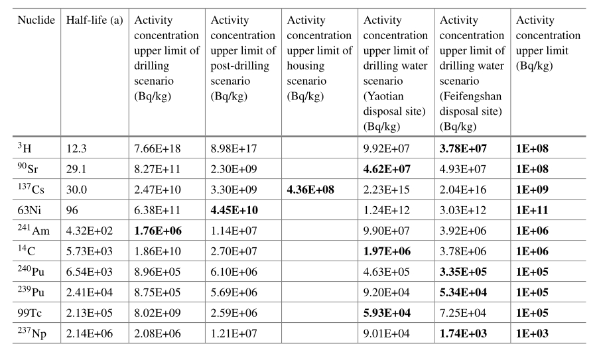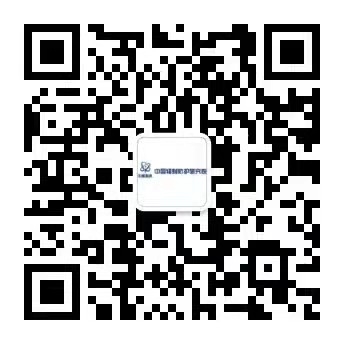Low level waste (LLW) is defined as the waste that is above clearance levels but with a limited amounts of long-lived radionuclides. The International Atomic Energy Agency (IAEA) provided a dispose-based classification scheme of radioactive waste but has not given a specific upper limits of activity concentration for LLW. CIRP research team has put forward a derivation method of activity concentration upper limits for LLW based on the safety assessment of near surface disposal of radioactive waste.
In the study, Yaotan disposal site and Feifengshan disposal site in China were taken as the reference sites. Nuclides with half-life of 5–30 years, β nuclides with long half-life and α nuclides with long half-life were selected for analysis. The drilling water scenario, drilling scenario, post-drilling scenario, and housing scenario after the institutional control period when the disposal sites have been closed were considered, for which the radionuclide transfer processes and exposure pathways are analyzed and conceptual models and mathematical models were established for the derivation.
The minimum upper limit value was selected and the magnitude of the upper limit value of the activity concentration of each nuclide was finally determined by the rule for rounding of numbers in IAEA RS-G-1.7. The limits are shown in the table below, which is of importance in helping ensure the radiation impact of low level solid waste in near surface disposal on human beings and the environment remains at an acceptable level:

Contact: official@cirp.org.cn



 打印
打印



